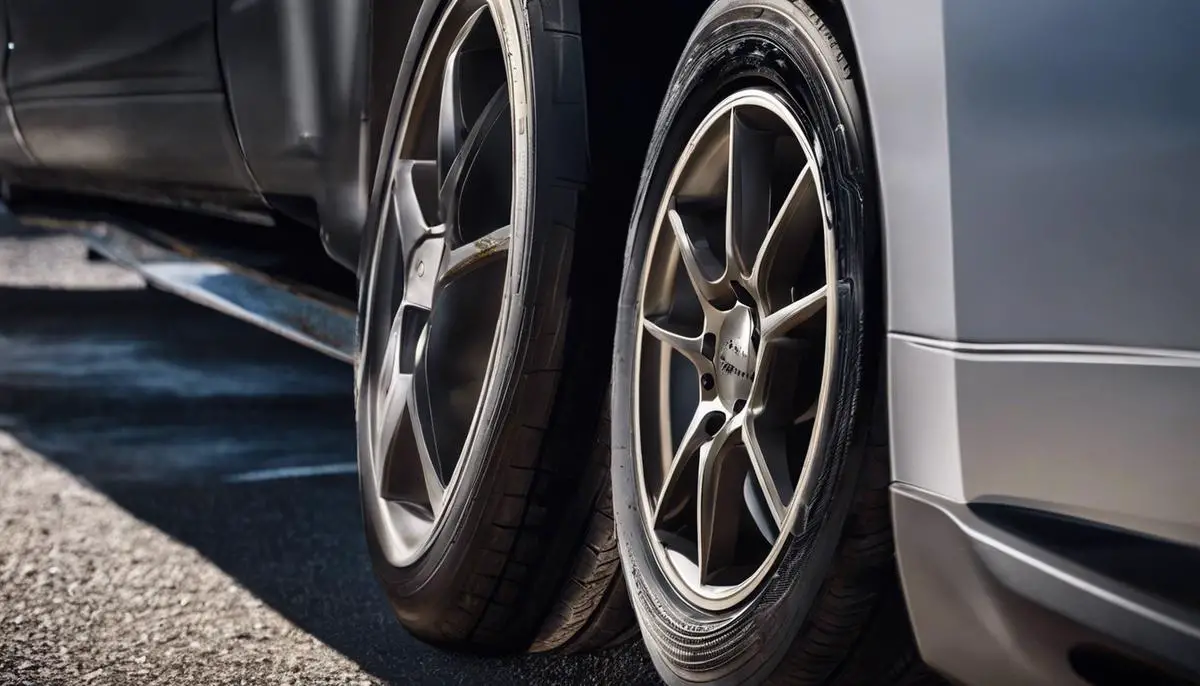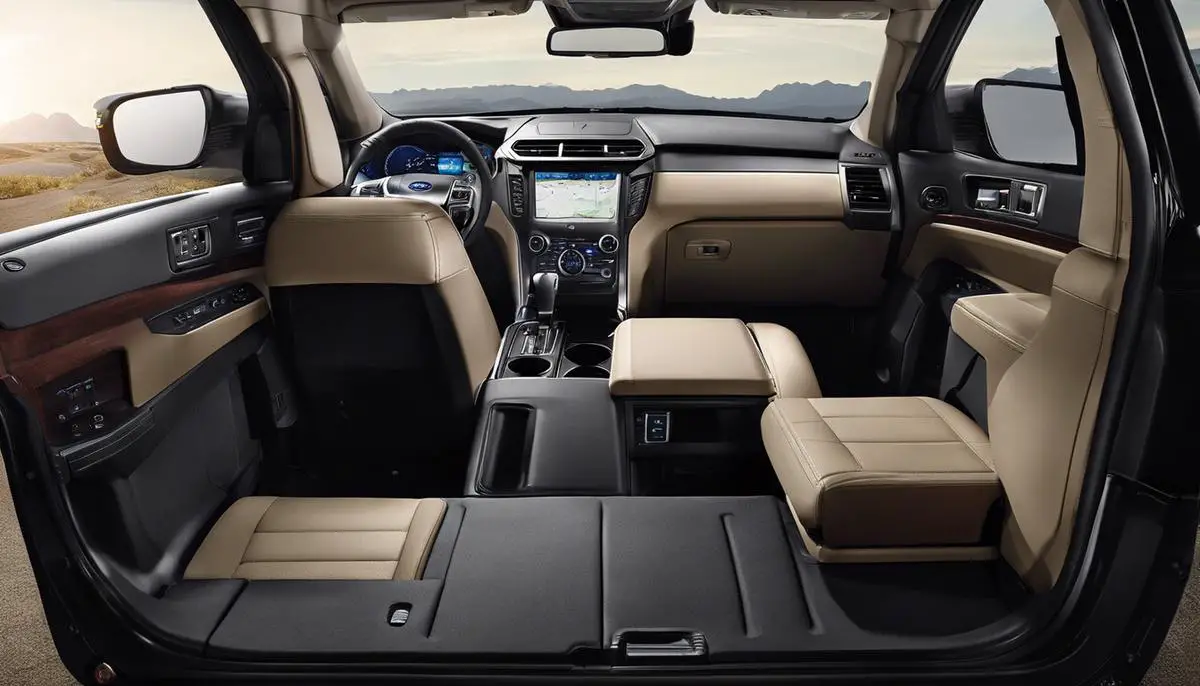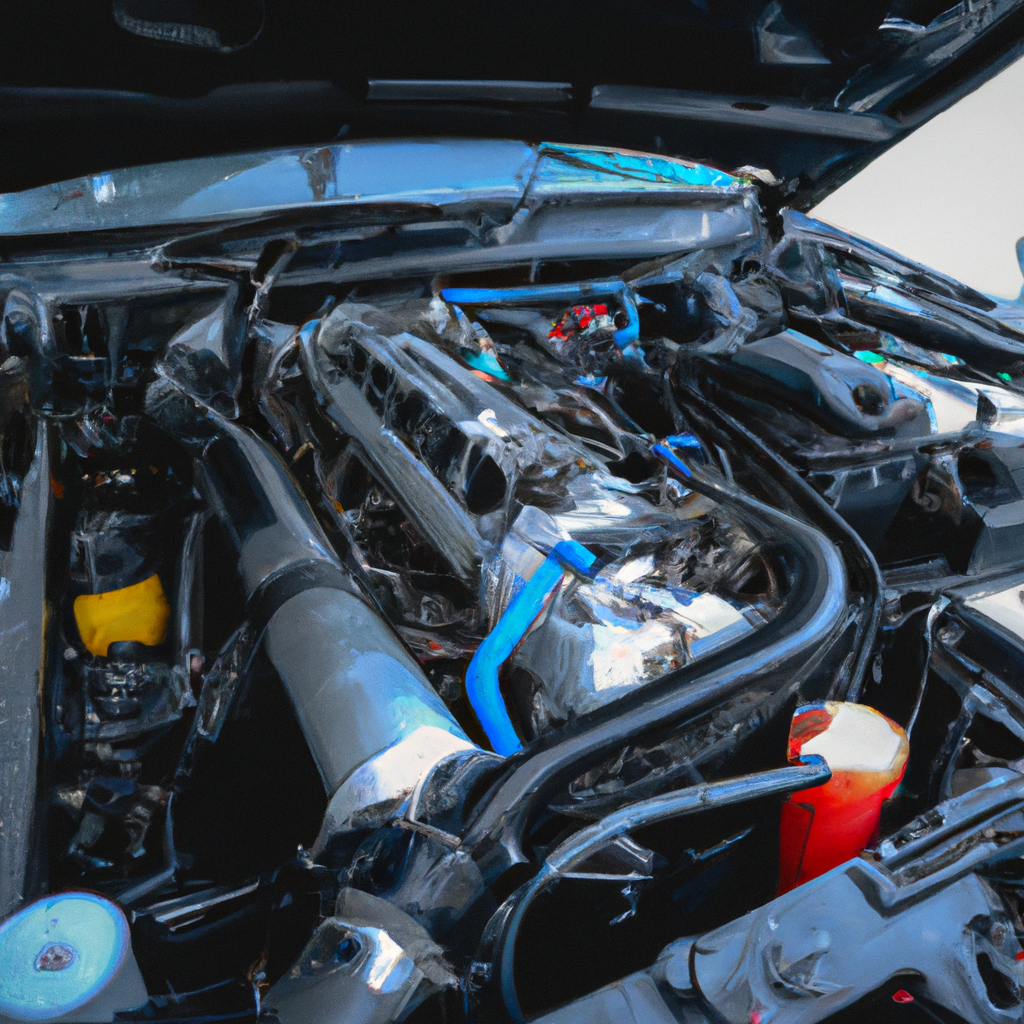Safe driving hinges on multiple factors, not least of which is diligent tire maintenance. Tires are more than just a vehicle’s point of contact with the road; they are a critical component influencing the performance, handling, and safety of vehicles. Understanding the effects of tire wear and tear, the necessity of routine rotation and balancing, and the vital role of maintaining appropriate tire pressure are essential to ensuring your vehicle is operating at its safest and most efficient levels. Our journey through the world of tire maintenance highlights the often overlooked elements of tire upkeep and equipped with this knowledge, every driver can make more informed decisions on the road.
Understanding Tire Wear and Tear
From a casual Sunday drive to the most anticipated road trip of the year, a person’s ride of choice should be a byword for dependability. When it comes to vehicles, safety and efficiency are paramount, not forgetting the cost-saving benefits of proper maintenance. Tires, being the literal hands-on point of your machine, play a huge role in this picture. Let’s dig a little deeper into the indications of tire wear and tear, and lay out the reasons why you should be concerned.
To grasp the consequences of tire wear and tear, it’s crucial to understand the role that tires play for your vehicle. Tires are responsible for traction, helping your car grip the road. They also maintain and control the vehicle’s stability, indispensable for those quick turns and sudden halts. So, when the tire’s condition deteriorates, your safety and that of others is at stake. Moreover, poorly-maintained tires can negatively impact fuel efficiency – another incentive to keep our rubber in prime shape.
Notice that ‘penny trick’ people use to test their tire tread? That’s not for show. Tread depth determines the quality of your grip on different surfaces. If using a U.S penny, placing Lincoln’s head into one of the tire grooves will do the trick. If you can see all of Lincoln’s head, your tires are worn out and require replacement.
Irregular tread wear is another tell-tale sign of tire distress. This could present itself either as excessive wear and tear on the outer or inner edge of the tire (also known as “camber wear”) or a concentrated wear and tear in the middle. Misalignment, improper inflation or tire balancing usually cause this uneven wear.
Visible cracks on the sidewalls of the tire should sound alarm bells too. Also known as dry rot, these cracks pose the risk of the tire blowing out, which can lead to dangerous situations, especially when driving at high speeds.
Watch out for bulging and blistering on the tire surface as well. Much like a blister on your foot, these indicate that the outer surface of the tire is weakening, making a blowout more probable. Also, be wary of excessive vibration while driving, as it may mean internal damage to the tire, or again, misalignment.
The importance of understanding tire wear and tear cannot be overstressed. It boils down to those two crucial things a responsible vehicle owner values: safety and economy. Regular checks and necessary replacements not only guarantee a smoother ride but could also potentially spare you from accidents and more spent on fuel than necessary.
Remember, attentive care today spares one the many troubles tomorrow – and with our vehicles, the same sentiment stands undisputed!
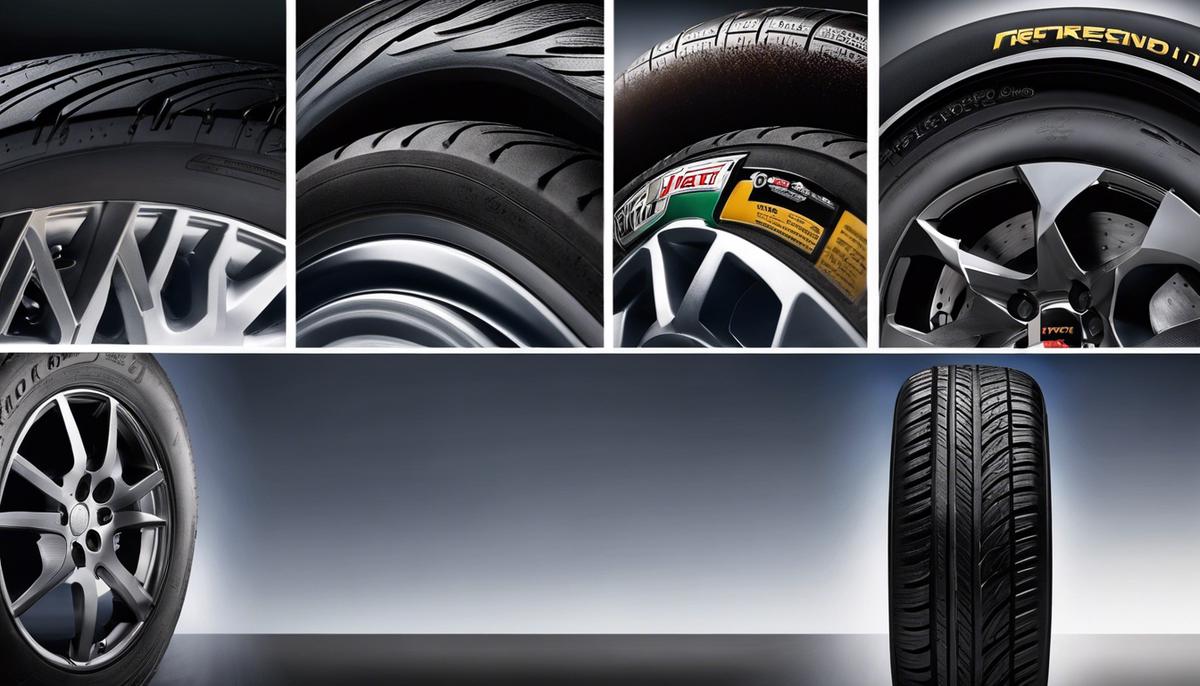
Rotating and Balancing Tires
Building on the indispensability of tire health for vehicle safety, rotating and balancing tires are crucial practices that often get marginalized. The significance of these two actions in ensuring unhindered journeys is immense.
Tire rotation refers to the occasional swapping of tires from front to back or side to side in a vehicle. This systematic shifting aids in even wear and tear, as each tire encounters different levels of friction and load during driving. For instance, front tires receive more friction during turns and bear extra weight during braking, causing them to wear out faster. By rotating your tires regularly, every 6000 to 8000 miles or every six months, you can not only extend the life of your tires but also maintain balanced handling and traction performance of your vehicle. This practice can allay the risks of blowouts or skidding, thereby safeguarding your travels.
On the other hand, balancing tires has to do with the distribution of mass within each tire. During manufacture, slight variations can create areas of disproportionate weight around the tire’s circumference. As tires spin, these heavier sections can cause vibrations, which in turn increase tire wear, reduce fuel efficiency, and jeopardize handling control. A balanced tire yields a smoother ride and prolongs the tire’s lifespan, making it a worthy investment.
Balancing involves adding weights to the wheel’s rim following machine-calculated measurements. This task is usually carried out during tire mounting or rotation, but vibrations during drives could signal a need for immediate attention.
Fostering a habit of tire rotation and balancing does not only contribute to safer driving but also embeds a spirit of conscientious vehicle maintenance. Keeping a close eye on tires, thinking beyond their visible condition, can prevent threatening problems on the road.
Remember, the role of rotating and balancing should never be underestimated in your tire care routine. They might seem inconsequential initially but pay off greatly in the long run, enhancing vehicle performance and most importantly, ensuring your safety while on the road. Don’t leave the longevity of your tires and peace of mind to chance. Simply put: spin it, balance it, drive it. Happy and safe motoring!
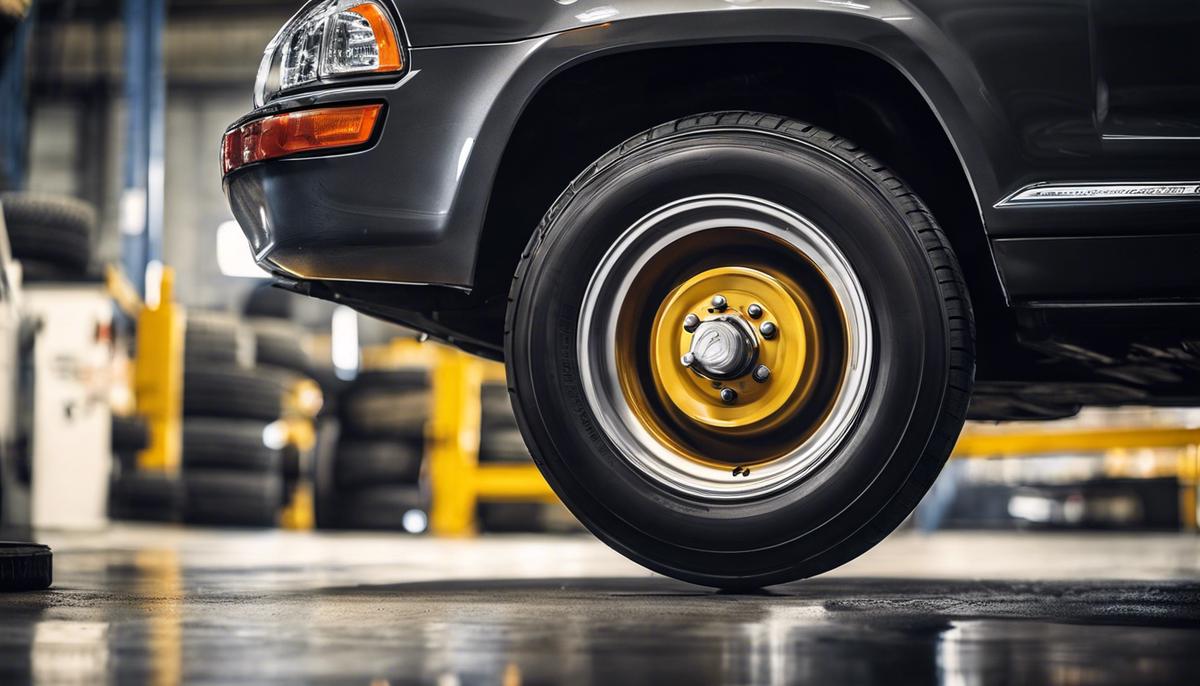
Tire Pressure Importance
Let’s dive further into this riveting thread of tire maintenance.
We’ve explored the importance of comprehensive tire care, but let’s go a step further and delve into an aspect that requires close attention – tire pressure.
Ensuring the proper tire pressure is vital for safe, efficient vehicle operation.
When our vehicle tires are precisely filled to the optimal pressure, our commutes become a smoother experience. Why? Because correct tire pressure allows for maximum grip on the road, preventing skidding or slipping even in disadvantageous weather conditions. Moreover, this grip offers a superior level of control over your vehicle’s direction, helping avoid mishaps.
Incorrect tire pressure can have negative effects on fuel economy, an aspect we’d rather not compromise on. Underinflated tires cause more contact and friction between the tire and the road surface. Consequently, the engine has to put forth more effort to keep your car moving, leading to higher fuel consumption.
On the flip side, over-inflated tires are rounder in profile rather than the ideal flat contact shape. This will result in the central area of the tire contacting the road disproportionately, causing uneven tire wear and reduced stability while driving.
Maintaining the optimal tire pressure also leads to longer tire lifespans. Both under-inflation and over-inflation can expedite wear and tear on the tires. When properly inflated, tires distribute the vehicle’s weight evenly over the entire tread pattern, resulting in dependable tire endurance and performance.
A significant safety hazard presented by incorrect tire pressure is the risk of tire blowouts. Over-inflated tires can easily burst due to high pressure, while under-inflated tires might buildup excessive heat that could cause a tire blowout. Ensuring the right tire pressure minimizes these possibilities, making our journey safer.
Remember – the correct tire pressure for your vehicle isn’t a guessing game. Each vehicle has a manufacturer-specified tire pressure detailed in the owner’s manual or on the placard on the driver’s side door jamb. Regularly checking and maintaining this specified pressure should be an integral part of your vehicle maintenance routine.
In conclusion, every little detail counts when it comes to vehicle maintenance and safety, and tire pressure is no exception to this rule. This humble practice can play a significant role in your vehicle’s performance, your driving experience, and most importantly, your safety on the road. Happy driving!

Ultimately, the importance of tire maintenance cannot be overstated as it directly impacts the overall safety, performance, and lifespan of a vehicle. By paying attention to symptoms of tire wear like balding, cracking, and uneven wear, performing periodic rotation and balancing, and regularly checking and adjusting tire pressure in line with vehicle manufacturer’s recommendations, we exercise preventive measures that, in turn, preserve our vehicles and our wellbeing. Tire maintenance is more than just a simple vehicle upkeep task; it is a proactive step towards safer, more efficient driving, and ultimately, a wilderness-guardian of our roads.
